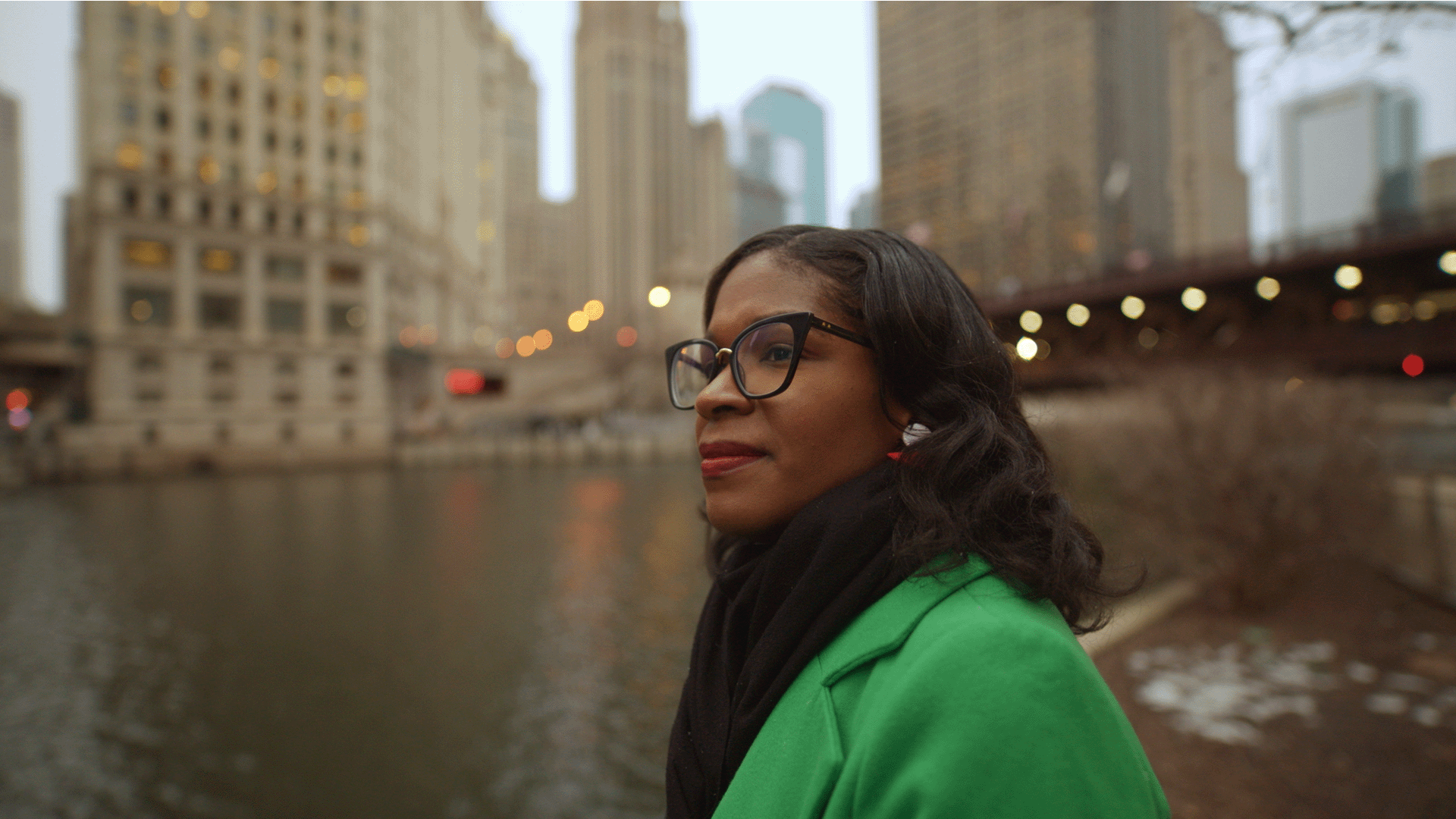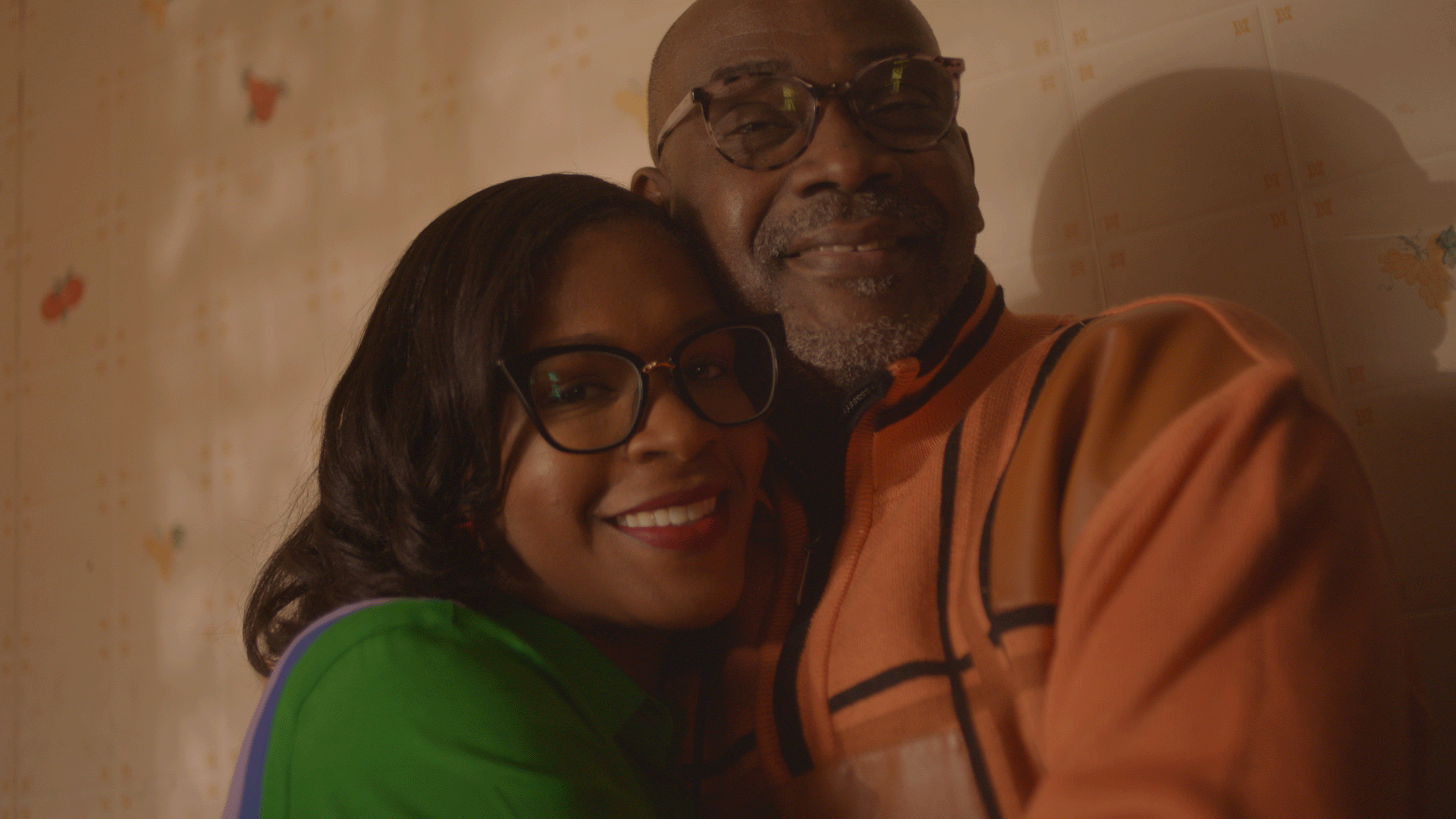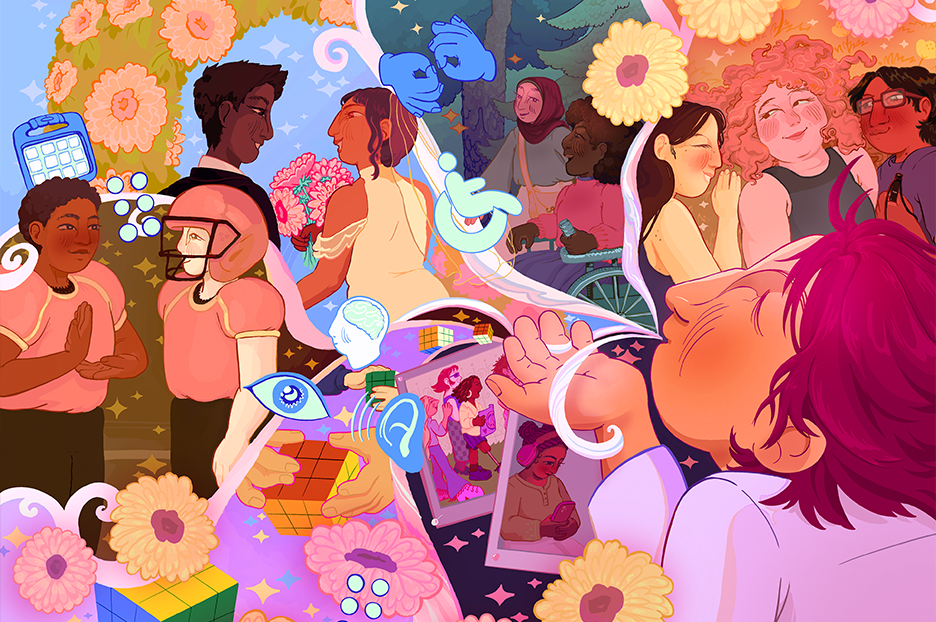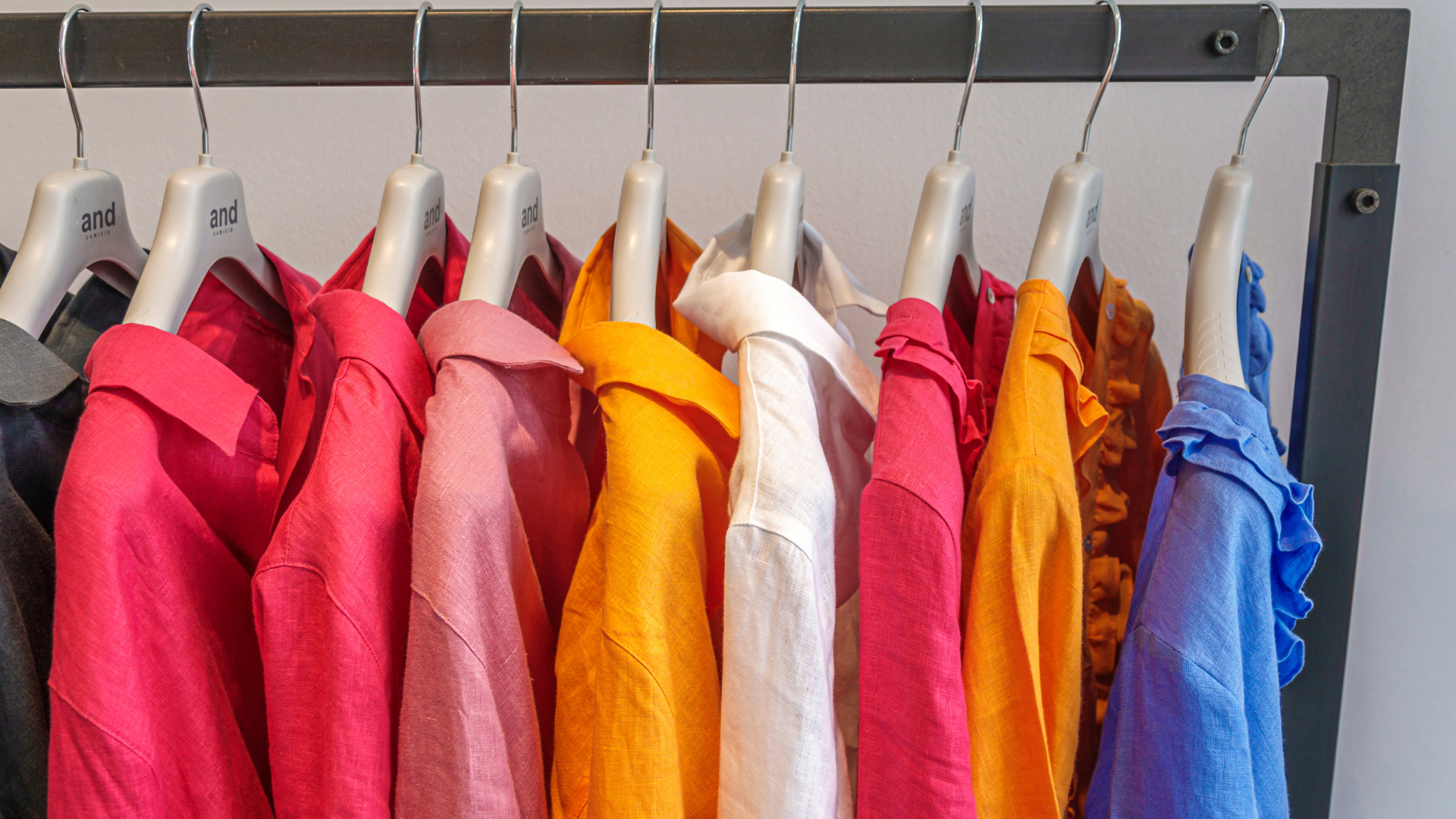
Today is Global Accessibility Awareness Day (GAAD), and Netflix is celebrating its hearing and vision-impaired users in grand fashion.
“It’s a big day in the community and I love the fact that it’s about making sure that everybody is aware that disability is a part of human life,” said Heather Dowdy, Director of Product Accessibility at Netflix. “We are celebrating it in all of its dynamic ways.”
The streaming giant is dedicated to expanding access for impaired users, meeting them at the intersection of diversity and ability in ways previously overlooked by the entertainment industry.
“A lot of times when we talk about inclusion and diversity, we also have to talk about accessibility, how to access the resources and in our case, how to access this great inclusive content? That is what I’m focused on as the Director of Product Accessibility at Netflix; Creating these features that quite honestly benefit all of us.”
Accessibility has been a cornerstone of Dowdy’s life from birth. As a CODA (child of deaf adults), she was always directly using specialized tools and methods of communication for the deaf and hard of hearing.
“I grew up learning sign language at six months old. So the deaf community is very much my community. Sign language is my first language,” she revealed. “And I grew up in Chicago on the South Side. That’s a lot of intersectionalities before I even knew what that word was.”
“Our language is beautiful Black American sign language. Now the world is coming to understand it is its own thing. It has swag, it has sauce on it, just like all of the African American vernacular.”

Having dedicated her professional life to providing innovative solutions for the disabled and impaired, Dowdy is happy to join Netflix and spearhead intersectional accessibility initiatives. Most recently, that has included updates to the guidelines for the streamer’s Audio Descriptions for the vision impaired.
“If you’ve tried out audio descriptions on Bridgerton it is pretty steamy because there is a lot going on with Bridgerton, right?” she laughed. “So being able to deliver that experience for our members with vision disabilities has been so important.”
In addition to more in-depth descriptions, Netflix has emphasized a focus on physical character descriptors that include more identification factors, enabling those who can’t see to still identify with characters on screen.
“We’ve collaborated with the community on creating audio description guidelines that add things about the character’s identity, their race and gender, things like their skin tone and hair texture to really bring the content to life,” she said. As an added layer of inclusion, Netflix works to ensure that the people voicing these descriptions represent the intent of the creators and the storytelling. For example, when it came to Beyonce’s Homecoming they employed an all-Black Audio Description team to align with Beyoncé’s intent and ethos for her performance at Coachella.
For Global Accessibility Awareness Day, Netflix is taking its inclusivity efforts up a notch. This includes adding more languages for those features, catering to even more international users.
“We are recognizing that folks are accessing more international stories.
When you think about Squid Game, for example, you want to be able to add more languages so that our members all over the world can be able to access this content that quite honestly, society is having conversations around. So what this work means is that we are making sure that these conversations are inclusive for our members with disabilities.”
In addition, the platform is featuring their first-ever disability focus collection, kicking off on May 19. Called Celebrating Disability with Dimension, it’s going to feature 50 films and TV shows that feature a character living with a disability or a story focused on people with disabilities.

It’s really about that inclusive storytelling piece that Netflix is known for,” “Dowdy says of the new collection. “That’s important because that’s representation in front of the camera.”
“I know that we know this as marginalized communities, but personally for me, the intersection of race and disability is so important because it’s less frequently talked about. Growing up within a black deaf community. There were lots of layers to that,” Dowdy said. “There is even this feeling of, ‘Where do I fit in, being a person at the intersection of race and disability?’ So having that representation and understanding that we have to make space for more stories to be told is absolutely paramount.”





